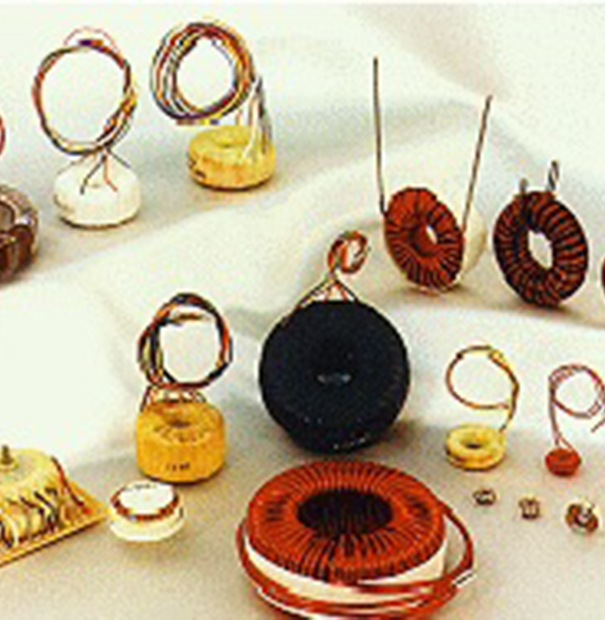Toroidal transformers are commonly used in electronic devices because of their size, price, and performance characteristics. Although toroids work for most applications, there are times where engineers need different types of transformers. Another popular option is a choke. Below, we want to highlight some of the core differences between chokes and inductors.

Chokes are considered a type of inductor, but they are different in function and design when compared to other inductors. Electrical components contain a doughnut-shaped core (toroid) with an insulated coil wrapped around the core in a choke. A choke does what the name implies: it choke cuts off restriction high-frequency alternating currents. A choke should be used when engineers need only DC to pass through the conductor. One of the biggest benefits of a choke is that it eliminates AC currents and only allows DC currents to load components.
A choke can also protect the insulation from excessive damage often caused by steep rises in current in circuits. This is done by facilitating a gradual rise and fall of current instead.
Toroid Transformer
Inductors, on the other hand, is not a device bu a principal for electronic design. All chokes are considered inductors, but not all inductors are defined as chokes, which means that the two cannot be used interchangeably. The main difference between chokes and inductors is that an inductor generates magnetic fields that store energy within the field, whereas a choke allows DC currents to pass while blocking AC currents.
Toroids
- Common Material Options for Steel CoresToroid core winding provides uniform distribution of primary and secondary wires, which is why toroids are great transformers that are efficient and powerful. Toroids offer many benefits that similarly powered transformers cannot match.
- Why do Engineers Choose Toroidal Transformers
- Vertical and Horizontal Toroid Mounting Options

